Home>Garden Essentials>When To Plant Butterfly Weed Seeds
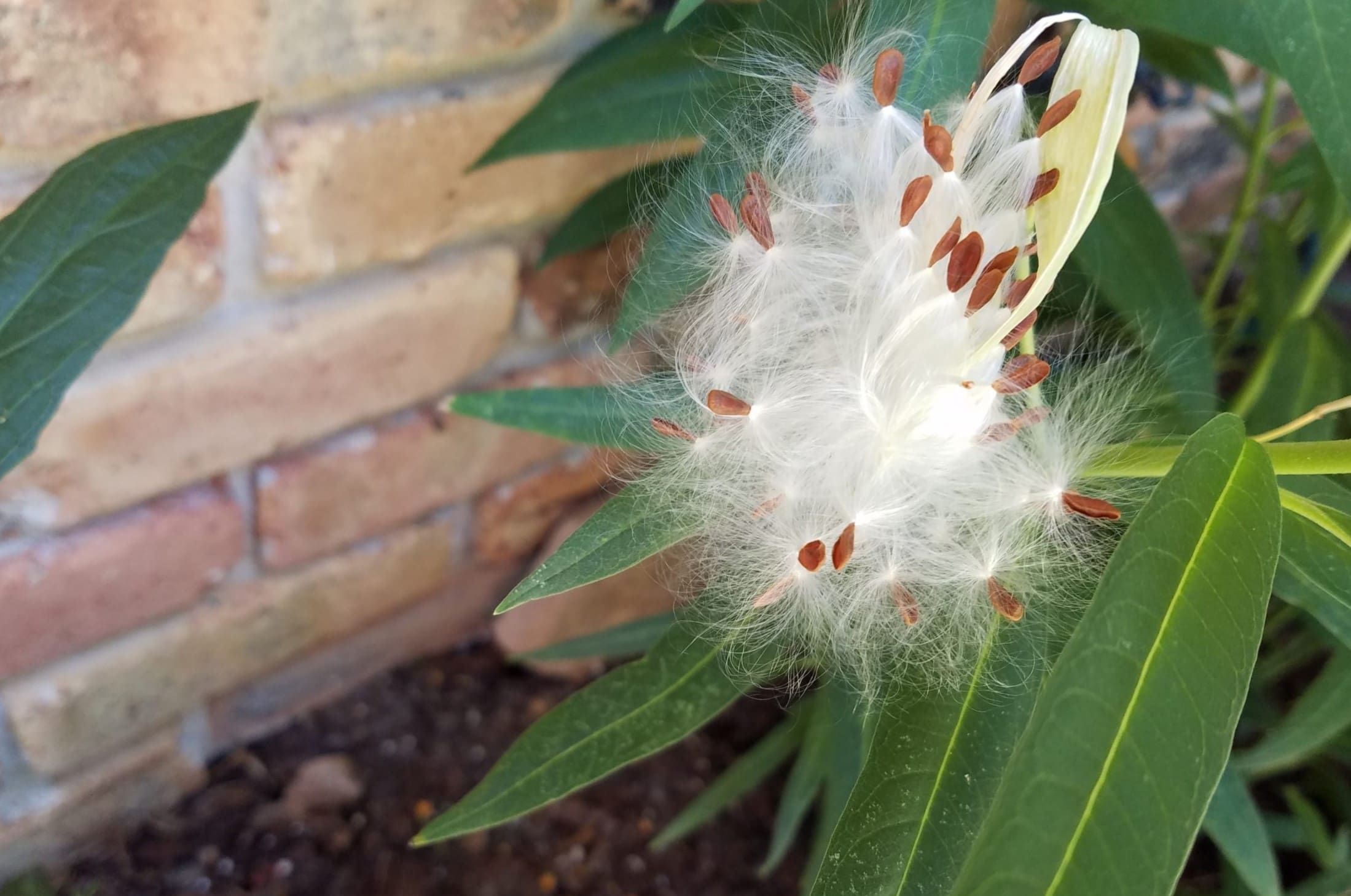

Garden Essentials
When To Plant Butterfly Weed Seeds
Modified: March 15, 2024
Discover the best time to plant butterfly weed seeds in your garden and ensure a blooming paradise. Expert gardening advice and tips at your fingertips.
(Many of the links in this article redirect to a specific reviewed product. Your purchase of these products through affiliate links helps to generate commission for Storables.com, at no extra cost. Learn more)
Introduction
Welcome to the world of gardening, where beauty meets nature and the wonders of the outdoors come alive. One particular plant that adds both aesthetic appeal and ecological value to any garden is butterfly weed. With its vibrant orange blooms and its ability to attract pollinators, it is a must-have for any garden enthusiast.
In this article, we will delve into the world of butterfly weed seeds and explore everything you need to know about planting and caring for these beautiful plants. From understanding butterfly weed seeds to determining the best time to plant them, we will cover it all. So let’s dive right in!
Key Takeaways:
- Plant butterfly weed seeds in early spring or fall for best results. Consider factors like climate, soil, and space before planting to ensure successful growth and attract beautiful butterflies to your garden.
- Care for butterfly weed plants by watering, mulching, and providing support. Address common issues like poor germination and pest infestations promptly to help your butterfly weed thrive and create a vibrant garden habitat for butterflies.
Read more: When To Plant Butterfly Pea Seeds
Understanding Butterfly Weed Seeds
Butterfly weed seeds, scientifically known as Asclepia tuberosa, are the starting point for growing these stunning plants. They are small, flat, and usually brown in color. As a member of the milkweed family, butterfly weed is an essential host plant for Monarch butterflies and other pollinators.
One interesting fact about butterfly weed seeds is that they have a fluffy structure called a pappus, which aids in their dispersal by the wind. This unique adaptation allows the seeds to travel over long distances, ensuring the survival and spread of the plant.
When it comes to obtaining butterfly weed seeds, you have a few options. You can collect the seeds from existing plants, purchase them from nurseries or garden centers, or even search for online suppliers. Regardless of how you acquire the seeds, it is important to ensure their quality and viability to guarantee successful germination.
Before planting butterfly weed seeds, it’s important to note that they have a natural dormancy period. This dormancy can be broken through a process called stratification, which involves exposing the seeds to cold temperatures for a specified period. Stratification helps simulate the natural conditions required for germination.
Now that we have a basic understanding of butterfly weed seeds, let’s explore the factors you need to consider before planting them.
Factors to Consider Before Planting Butterfly Weed Seeds
Before you start sowing butterfly weed seeds, it’s important to take into account several key factors to ensure successful growth and establishment of the plants. Here are a few considerations to keep in mind:
- Climate: Butterfly weed thrives in sunny and warm climates. It is a native plant in many parts of North America and is particularly well-suited to regions with hot summers and cold winters.
- Soil Conditions: Butterfly weed prefers well-draining soil that is slightly acidic to neutral in pH. The ideal soil should be loose, loamy, and rich in organic matter. Avoid heavy clay soils or areas prone to waterlogging.
- Water Requirements: While butterfly weed is fairly drought-tolerant once established, it does require regular watering during the initial stages of growth. Adequate moisture is crucial for seed germination and establishment.
- Space Availability: Consider the space available in your garden or planting area. Butterfly weed has a spreading habit, and mature plants can reach a height of 2 to 3 feet, with a similar spread. Plan accordingly to provide enough space for the plants to grow without overcrowding.
- Pollinator Habitat: Butterfly weed is not only a beautiful plant but also an important food source for pollinators, especially Monarch butterflies. Consider planting butterfly weed in an area that provides a suitable habitat for butterflies and other beneficial insects.
By taking these factors into account, you can create the optimal conditions for butterfly weed seeds to thrive and contribute to the overall health and biodiversity of your garden.
Next, let’s discuss the best time to plant butterfly weed seeds to ensure the highest chances of successful germination and growth.
Best Time to Plant Butterfly Weed Seeds
The timing of when you plant butterfly weed seeds can greatly impact their success rate and overall growth. Understanding the optimal time for planting will give your seeds the best chance of germinating and thriving in your garden.
As butterfly weed is a perennial plant, it is best to sow the seeds in the early spring or fall. These seasons provide the ideal conditions for the seeds to establish themselves before extreme weather conditions set in.
In the spring, planting butterfly weed seeds after the last frost date in your region is recommended. This allows the seeds to take advantage of the warm soil temperatures and longer daylight hours, which promote germination and rapid growth.
If you choose to plant in the fall, aim for a time when the soil temperatures are still warm enough for the seeds to germinate before the arrival of freezing temperatures. This allows the plants to establish their roots during the cooler months and be ready to flourish when spring arrives.
It’s worth noting that butterfly weed seeds require a period of cold moist stratification to break their dormancy. This mimics the natural conditions the seeds would experience during the winter months. If you are planting in the fall, the cold temperatures naturally fulfill the stratification requirement. However, if you are sowing seeds in the spring, you can simulate stratification by refrigerating the seeds for a few weeks before planting.
By choosing the appropriate time to plant butterfly weed seeds, you are setting them up for success and ensuring the best chances of a healthy and vibrant garden display.
Now that you know when to plant the seeds, let’s move on to the steps involved in planting butterfly weed seeds in your garden or outdoor space.
Plant butterfly weed seeds in the spring after the last frost, as they need warm soil to germinate. Choose a sunny location with well-drained soil and sow the seeds directly into the ground. Keep the soil moist until the seeds germinate.
Steps for Planting Butterfly Weed Seeds
Planting butterfly weed seeds requires careful preparation and attention to detail. By following these simple steps, you can ensure optimal conditions for germination and healthy growth of your butterfly weed plants:
- Prepare the Soil: Choose a well-draining location in your garden or outdoor space. Remove any weeds or debris from the area and loosen the soil using a garden fork or tiller. Butterfly weed prefers soil that is loose, fertile, and rich in organic matter.
- Sow the Seeds: Place the butterfly weed seeds on the prepared soil surface, spacing them about 12 to 18 inches apart. Don’t bury the seeds too deep; a light covering of soil or compost is sufficient. Gently press the soil down to ensure good seed-to-soil contact.
- Water Thoroughly: After sowing the seeds, give them a thorough watering to settle the soil and provide moisture for germination. Ensure the soil remains consistently moist during the germination period, typically around 2 to 4 weeks.
- Provide Adequate Light: Butterfly weed requires full sun to thrive. Place the planting area in a location that receives at least 6 to 8 hours of direct sunlight per day. Insufficient light can lead to weak and leggy plants.
- Monitor and Maintain: Keep a close eye on the planting area and monitor the soil moisture regularly. Water the plants as needed, ensuring the soil doesn’t become waterlogged. Once the seedlings emerge, thin them to maintain proper spacing and remove any weak or overcrowded plants.
- Protect from Pests: While butterfly weed is relatively pest-resistant, keep an eye out for common garden pests such as aphids or milkweed bugs. Gently remove any pests you encounter or use organic pest control methods if necessary.
By following these steps, you’ll give your butterfly weed seeds the best chance of successful germination and growth. Now, let’s move on to caring for your butterfly weed plants once they have established themselves.
Read more: When To Plant Butterfly Bush Seeds
Caring for Butterfly Weed Plants
Once your butterfly weed plants have successfully germinated and established, it’s important to provide them with proper care to ensure their continued growth and health. Here are some essential tips for caring for butterfly weed:
- Watering: While butterfly weed is drought-tolerant once established, it is important to water young plants regularly, especially during dry periods. Water deeply, allowing the soil to dry slightly between waterings to avoid overwatering and root rot.
- Mulching: Apply a layer of organic mulch, such as wood chips or straw, around the base of the plants. Mulching helps retain soil moisture, suppresses weed growth, and regulates soil temperature.
- Fertilization: Butterfly weed does not require heavy fertilization. However, you can apply a balanced, slow-release organic fertilizer in early spring to provide nutrients for healthy growth.
- Support: As butterfly weed grows, it may require support to prevent the stems from bending and breaking due to their weight. Use stakes or plant supports to keep the plants upright and prevent damage.
- Deadheading: Regularly remove spent flowers, a process known as deadheading. This encourages the plant to produce more blooms and prolongs the flowering season. It also prevents the plant from diverting energy to seed production.
- Pruning: In late winter or early spring, as new growth appears, you can prune butterfly weed plants to remove any dead or damaged stems and promote a more compact and tidy growth habit.
- Pest and Disease Control: Butterfly weed is generally resistant to pests and diseases. However, keep an eye out for common issues such as aphids or milkweed bugs. If necessary, use organic pest control methods to mitigate any infestations.
- Encourage Pollinators: To attract more butterflies and other pollinators to your garden, consider planting companion plants that provide additional nectar sources. This enhances the ecosystem and encourages wildlife diversity.
By providing proper care, you will be rewarded with a stunning display of butterfly weed blooms and a flourishing habitat for butterflies and other beneficial insects.
Now, let’s address some common issues and troubleshooting tips for butterfly weed plants.
Common Issues and Troubleshooting
While butterfly weed is a relatively low-maintenance plant, there are a few common issues that you may encounter. Here are some troubleshooting tips to help you address these problems:
- Poor Germination: If your butterfly weed seeds are not germinating, it could be due to insufficient stratification. Ensure that the seeds have undergone the required period of cold moist stratification or refrigerate them before planting. Also, check the soil moisture and temperature to ensure they are within the optimal range for germination.
- Disease or Rot: Butterfly weed is generally resistant to diseases. However, excessive moisture or poor drainage can lead to root rot or fungal diseases. To prevent this, ensure proper soil drainage and avoid overwatering. Prune any affected parts and improve air circulation around the plants.
- Pest Infestations: Common pests that may affect butterfly weed include aphids and milkweed bugs. Use organic pest control methods or handpick insects to keep them in check. Introduce beneficial predators, such as ladybugs or lacewings, to control pest populations naturally.
- Yellowing or Wilting Leaves: Yellowing or wilting leaves can indicate various issues, including overwatering, underwatering, or nutrient deficiencies. Adjust your watering regimen, ensuring the soil is evenly moist but not waterlogged. Consider applying a balanced slow-release organic fertilizer to provide necessary nutrients.
- Stunted Growth: If your butterfly weed plants are not growing as expected, it could be due to poor soil quality, lack of sunlight, or overcrowding. Ensure the soil is loose, well-draining, and rich in organic matter. Provide sufficient sunlight by selecting an appropriate planting location. Thin out any overcrowded plants to improve air circulation and promote healthy growth.
By identifying and addressing these common issues promptly, you can help your butterfly weed plants thrive and reach their full potential.
Now that we have discussed common issues and troubleshooting tips, let’s wrap things up.
Conclusion
Congratulations! You have now gained a comprehensive understanding of butterfly weed seeds and how to plant and care for these beautiful plants. By following the steps outlined in this article, you can create a vibrant and pollinator-friendly garden that will attract butterflies and add a burst of color to your outdoor space.
Remember to consider factors such as climate, soil conditions, water requirements, and pollinator habitat before planting butterfly weed seeds. The best time to plant is in the early spring or fall, ensuring proper stratification if necessary. Follow the steps of preparing the soil, sowing the seeds, watering, providing adequate light, and monitoring and maintaining the plants.
Caring for butterfly weed plants involves watering regularly, mulching, occasional fertilization, providing support, deadheading spent flowers, and pruning. Keep an eye out for common issues such as poor germination, disease or rot, pest infestations, yellowing or wilting leaves, and stunted growth. Address any problems promptly using the troubleshooting tips provided.
By incorporating butterfly weed into your garden, you not only add a stunning and decorative element but also contribute to the preservation and conservation of important pollinators like Monarch butterflies. The vibrant orange blooms will attract and nourish these amazing creatures, creating a haven for them in your garden.
So, get ready to experience the joy of watching butterflies dance among the butterfly weed flowers, adding a touch of magic and wonder to your outdoor oasis. Happy gardening!
Frequently Asked Questions about When To Plant Butterfly Weed Seeds
Was this page helpful?
At Storables.com, we guarantee accurate and reliable information. Our content, validated by Expert Board Contributors, is crafted following stringent Editorial Policies. We're committed to providing you with well-researched, expert-backed insights for all your informational needs.
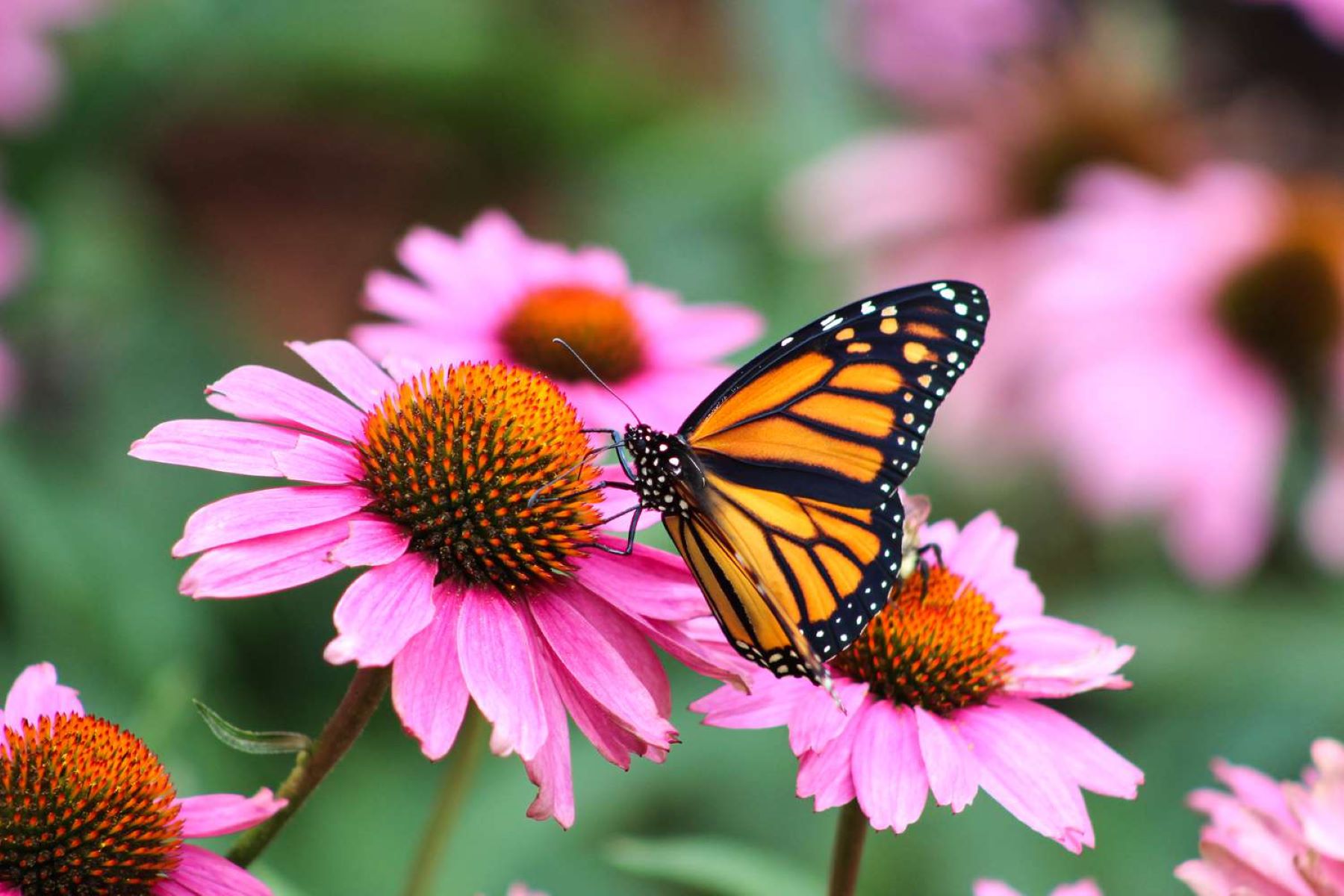
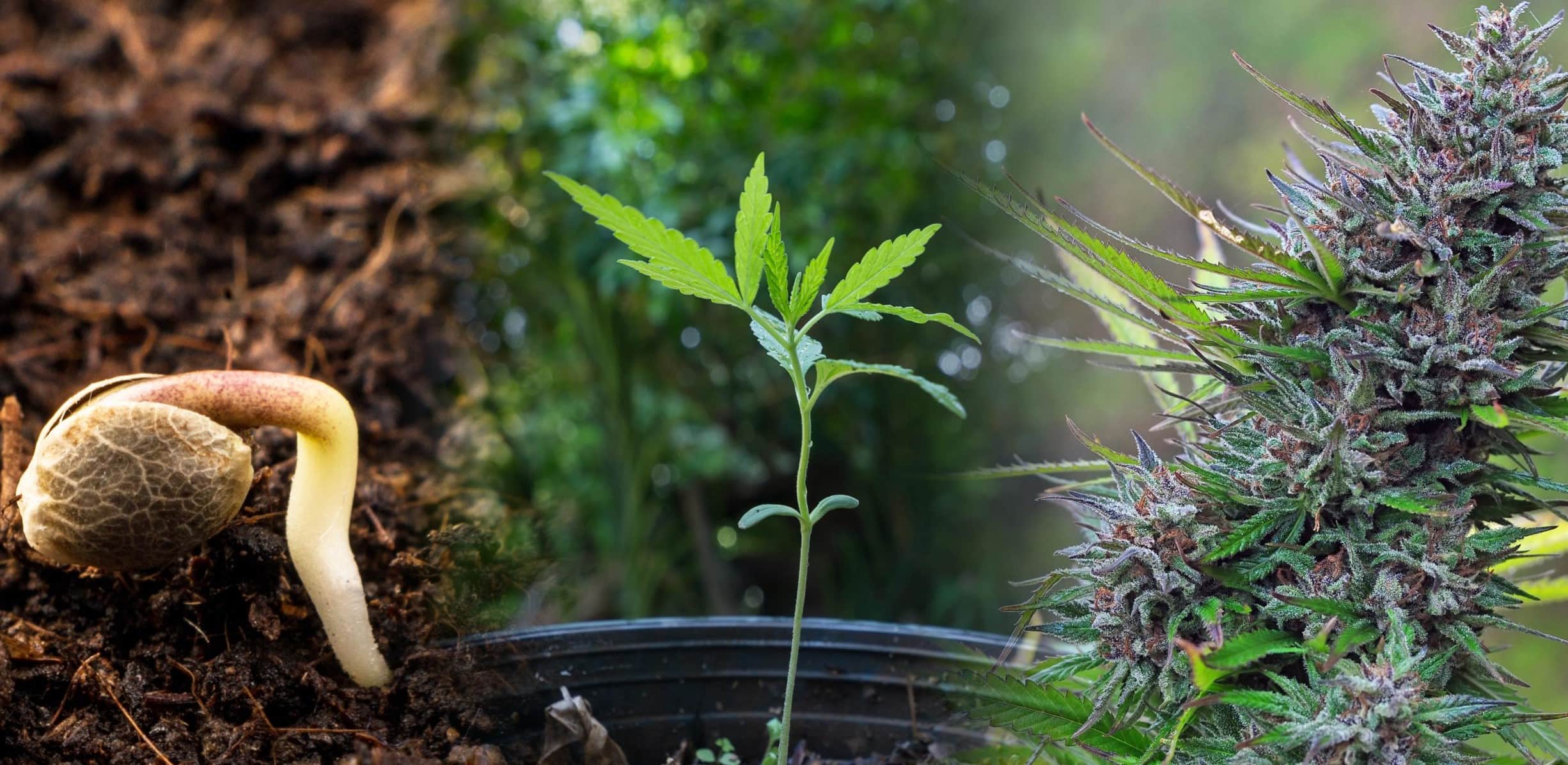
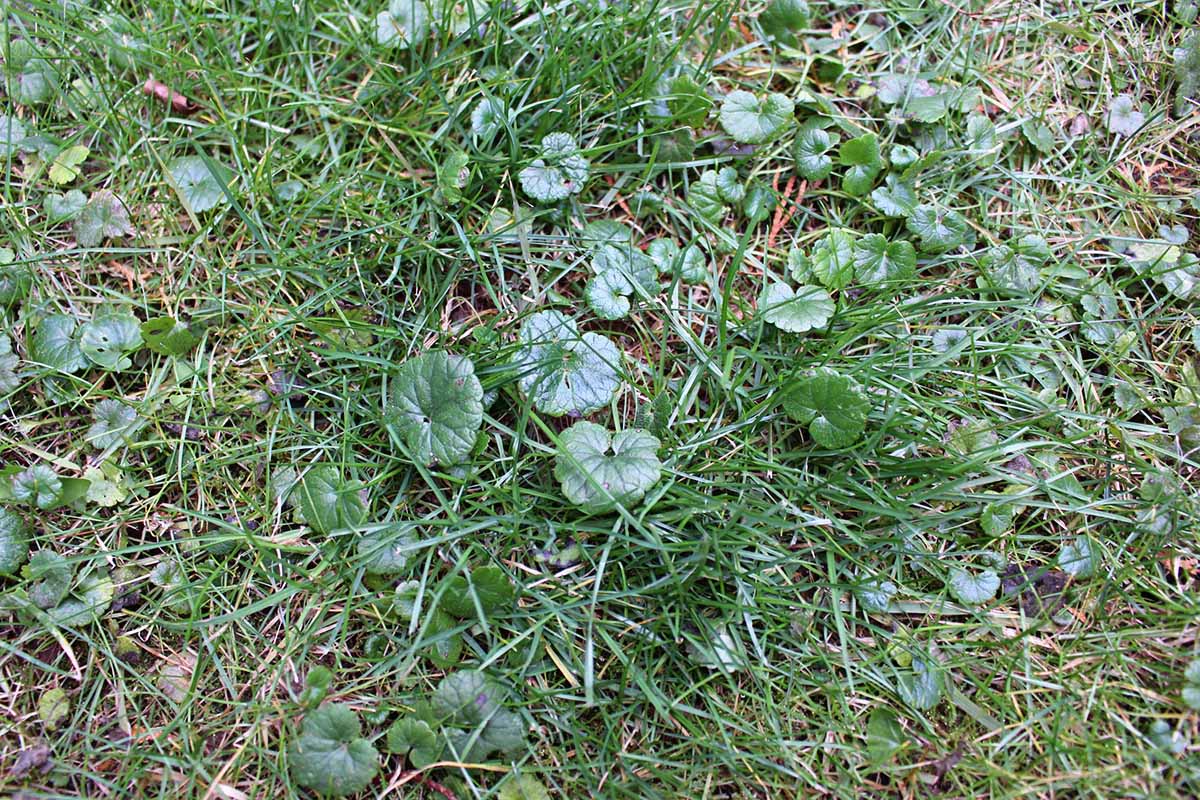
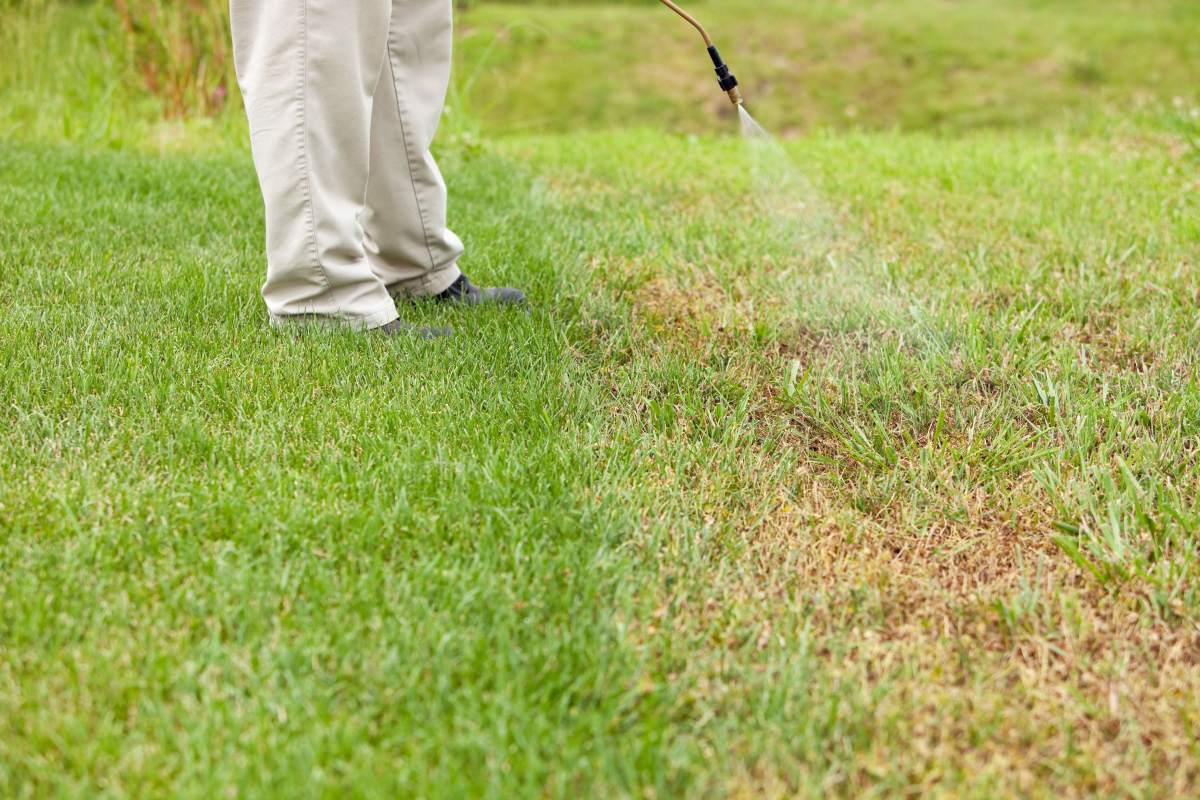
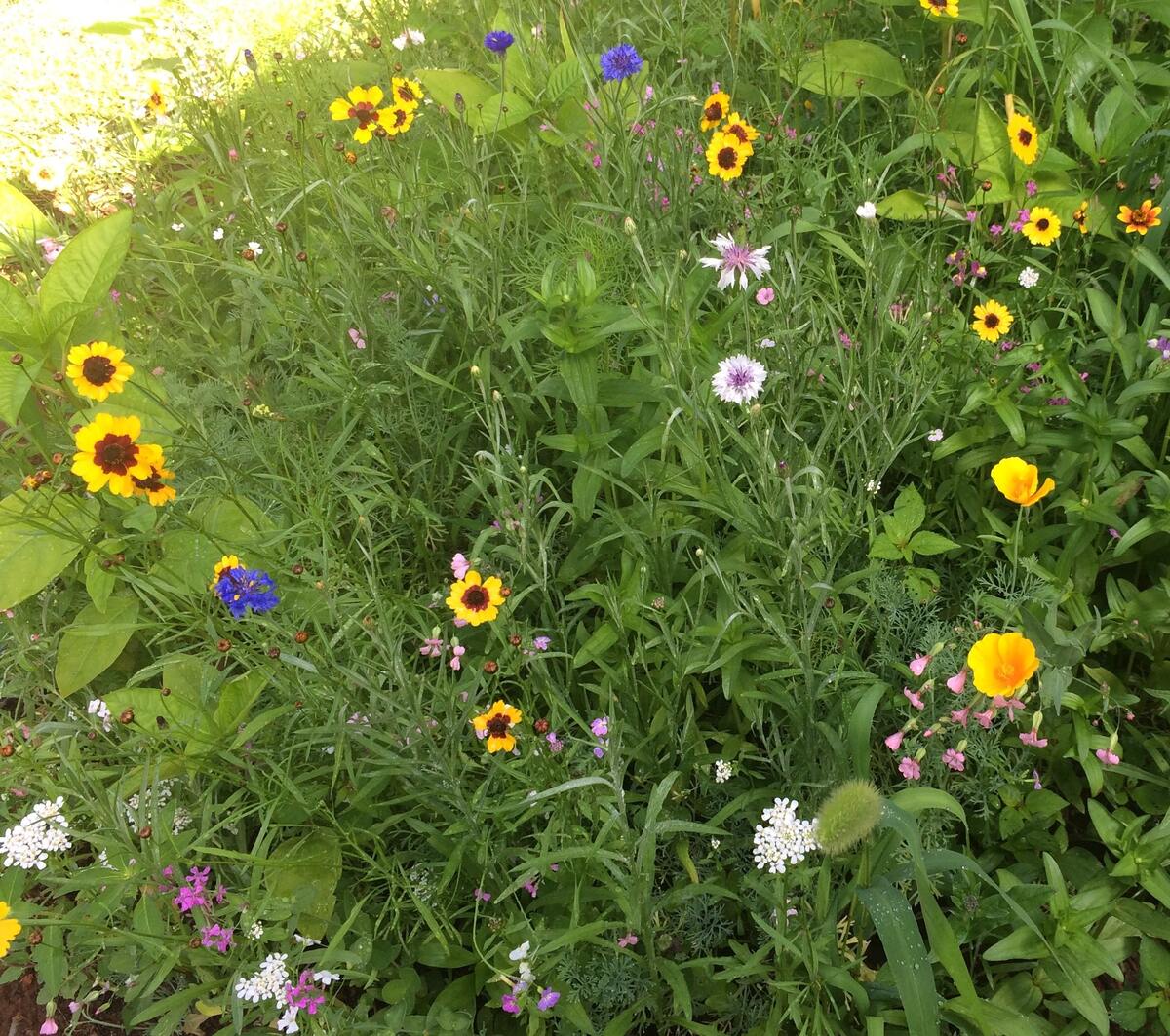
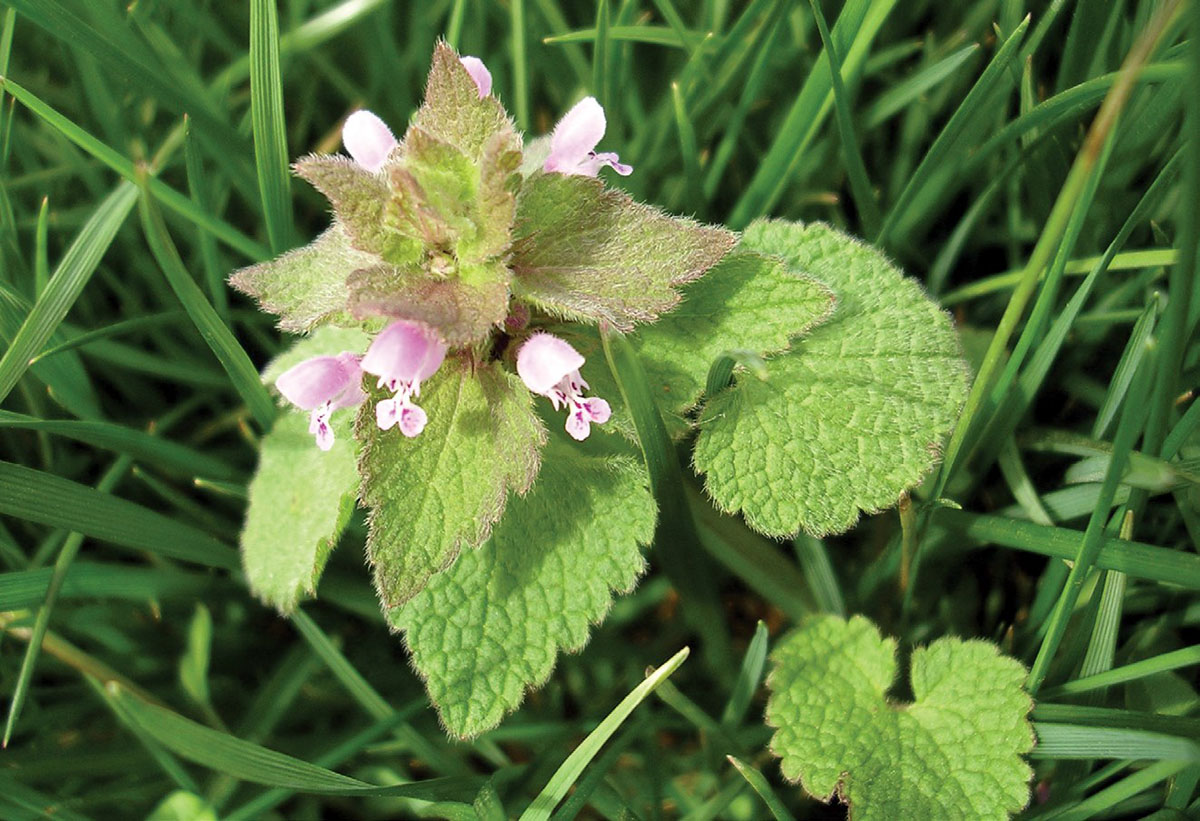









0 thoughts on “When To Plant Butterfly Weed Seeds”